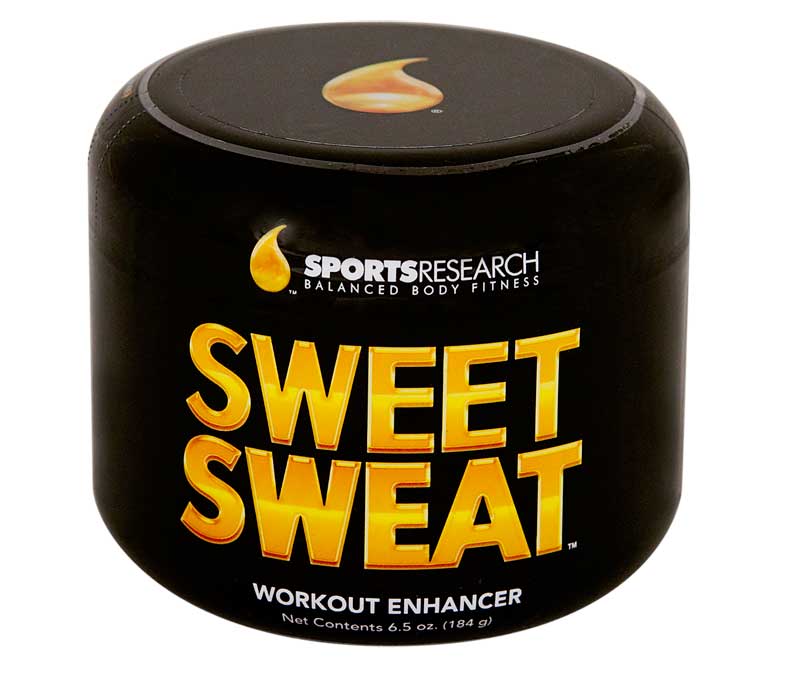By Briana Hayes
Staff Writer

When it comes to running shoes, there are so many to choose from. There are many brands, types, colors, lace styles, and the list goes on. If you consider inclement weather, rough terrain, or specific injuries that are affected by running as additional factors, there is even more to consider.
Running shoes typically last between 400 and 500 miles. The duration of time they last depends on how often and how far you run, and even the type of terrain you run on. Major brands include Nike, Adidas, Saucony, New Balance, Newton, and many more.
Shoe shopping can be intimidating. First, once you distinguish which brand you find most comfortable based on your foot shape, width, and general comfort, you have only cut you choice from thousands to hundreds.
The types of running shoes are separated into four different categories. Motion control shoes are found to be the sturdiest and heaviest. They have the most support and cushion. Motion control shoes are typically suggested for runners who have flat feet or heavy runners.
Stability is next. Runners who have the tendency to overpronate typically should wear these kinds of shoes.
Overpronation means that there is a slight inward rolling motion during a stride. The stability control in shoes help runners with this tendency to be able to control their pronation with support.
Cushioned or neutral shoes are designed for people who have a neutral gait or arch. These shoes usually have a minimum amount of cushioning needed to provide support.
Finally, minimalist shoes tend to have little to no cushioning. These shoes are meant to mimic barefoot running, which is the act of running with no shoes.
The difference between those who choose to run barefoot and those who choose minimalist shoes is that shoes provide minimal protection from sharp objects and simple protection. These shoes allow for a midfoot strike and encourage natural running.
If you have a normal arch, you’re likely a normal pronator, meaning you’ll do best in a stability shoe that offers moderate pronation control. Runners with flat feet normally overpronate, so they do well in a motion-control shoe that controls pronation.
First stepping onto paint and then stepping on a blank piece of paper can test the flatness of your foot. If you are able to see your whole foot print with no spaces or curve mid-foot then your feet are flat, or nearly so.
Running shoes can also be broken down into the terrain on which an individual runs. Road-running shoes are designed for pavement and are usually flexible with the ability to provide support during repetitive strides on hard surfaces.
Trail-running shoes are designed for trails where a runner might face mud, rocks, slippery surfaces, dirt and various other hindrances. The shoe’s traction is important and therefore these shoes usually have ridges on the bottom to allow for that extra grab to the ground.
Cross-training shoes are usually made for workouts that are not just running but include other forms of exercise that work the muscles required to become a better runner. These shoes can provide more lateral support that running shoes do not typically provide due to the lack of lateral movement while running.
Another category running shoes can fall into is that of running injuries. Specific running shoes claim to prevent specific ailments common to runners such as shin splints, twisted ankles, and plantar fasciitis; however, the most important factor is comfort.
Comfort has been linked to the reduction of injury frequency and should be a focal point in choosing running shoes. Running injuries mainly occur due to repetition, since obviously running is such a repetitive exercise.
No matter the speed or the terrain of a run, the action of running does not change and therefore the force applied on your body and joints can be detrimental to a running career. This is why choosing proper running shoes is so important. Runners do not have protective pads, or shin guards or tons of equipment. The shoes help runners do what they do, but if chosen incorrectly it could also hurt them.



















